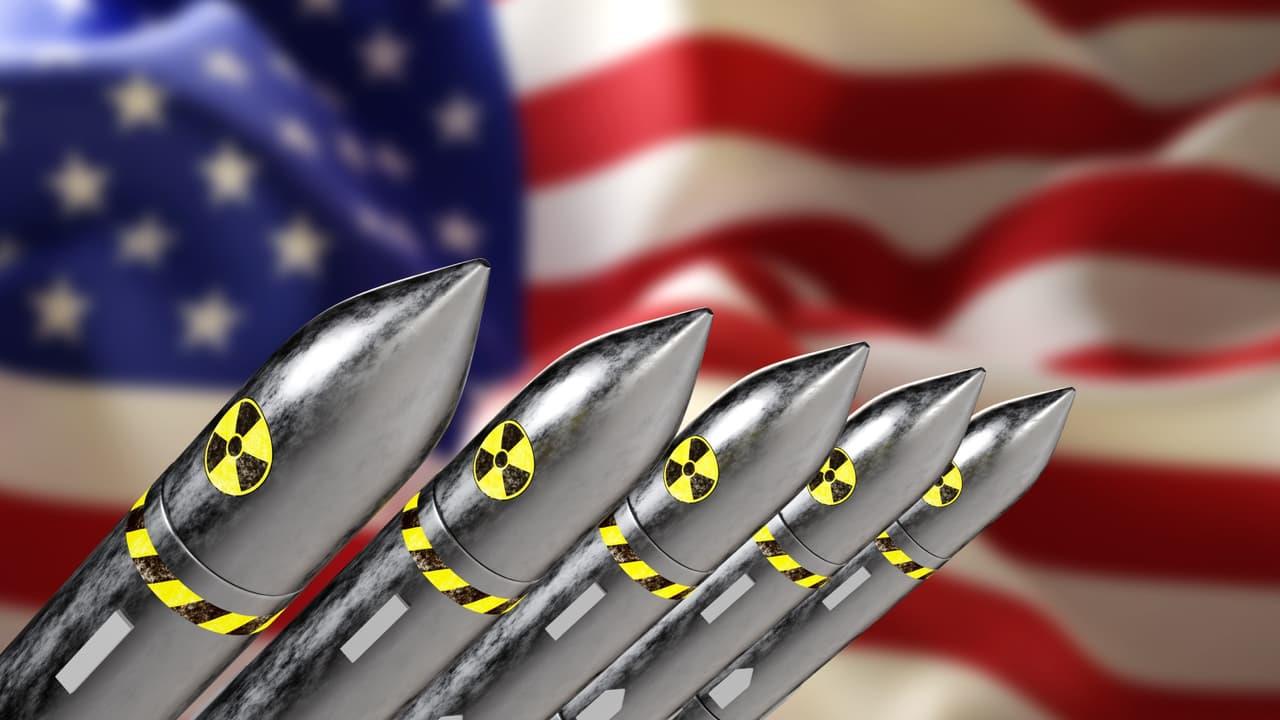
Is This How World War III Begins? Why Trump's Nuclear Test Order Terrifies Scientists
When US President Donald Trump ordered the Pentagon to resume nuclear testing, scientists around the world said it felt like a nightmare from the Cold War had returned. Months before this decision, experts had issued grim warnings.“It's like striking a match in a roomful of dynamite,” said Geologist Sulgiye Park of the Union of Concerned Scientists, a nonprofit advocacy group that monitors nuclear activity.
For many, Park's analogy isn't hyperbole-it's prophecy. The move, they say, could trigger a global chain reaction that might unravel decades of delicate diplomacy and inch the world closer to World War III.
Decades of Silence Shattered
The United States last tested a nuclear weapon in 1992, when then-President George HW Bush imposed a moratorium that eventually became part of the Comprehensive Nuclear-Test-Ban Treaty (CTBT)-an agreement signed by 187 nations to end the age of underground detonations.
For more than three decades, the world believed that era was buried in the deserts of Nevada, where the US conducted over 1,000 nuclear tests. But with one order, that quiet has been shattered.
Trump's directive to the Department of War came with his usual bluntness:
“Because of other countries' testing programs, I have instructed the Department of War to start testing our Nuclear Weapons on an equal basis. That process will begin immediately.”
A Dangerous Precedent
The US never officially ratified the CTBT. While Washington pledged to stop testing, Congress refused to sign it into law, citing concerns that rivals like Russia and China might secretly continue their programs.
Now, scientists fear Trump's decision could encourage other nations to abandon restraint. Park warned that this could make non-nuclear countries panic, possibly prompting them to build their own bombs and tear apart existing arms control deals.
“Other countries might not be as knowledgeable,” said Jill Hruby, former administrator of the National Nuclear Security Administration during the Biden era.“This will only add to the risk of a radioactive leak if more nations follow America's lead.”
Hruby, who spent decades overseeing US nuclear safety, called the move“a very bad idea.” She insists there's no technical justification for testing, saying:
“What we've been saying consistently now for decades is there's no scientific reason that we need to test.”
Cracks in the Earth-and in Diplomacy
Underground nuclear explosions aren't as contained as they sound. They can fracture the earth, allowing radiation to escape through fissures. One former safety official told ScienceNews that“inexperienced countries could mess up their tests,” spreading radioactive fallout over populated regions.
That fear becomes more real as the New START treaty-a nuclear arms reduction pact between the US and Russia-approaches its expiration in 2026.
With the treaty's end in sight, both nations have already accused each other of violations. Washington claims that Russia and China are expanding and updating their nuclear facilities, while Moscow insists the US has been preparing for this moment for years.
The Secret Sites of a New Nuclear Era
Even before Trump's return to office, the US had been quietly preparing. Officials had revealed that a classified facility near Las Vegas, known as the Principal Underground Laboratory for Subcritical Experimentation (PULSE), was being readied to resume underground testing.
Hruby confirmed earlier this year that the site would“go back into use later in 2025.”
Meanwhile, the Pentagon fast-tracked development of the B61-13 nuclear gravity bomb-a device 24 times more powerful than the one dropped on Hiroshima. Originally scheduled for 2026, production began months ahead of plan, in April 2025.
Digging Up Uranium-and Old Fears
The US Department of the Interior also sped up the reopening of the Velvet-Wood uranium mine in Utah, cutting the usual environmental review down to just 14 days.
The mine's owner, Anfield Energy, estimates that Velvet-Wood could yield 4.6 million pounds of uranium oxide and 47.1 million pounds of vanadium-enough to power 85 nuclear submarines or manufacture over 1,000 nuclear bombs.
It's a startling statistic, one that underscores the scale of rearmament underway. For many, it signals that America is no longer merely maintaining deterrence-it's gearing up for confrontation.
The Shadow of a Global Fallout
Trump defended his decision as a show of strength meant to counter Russia and China. But experts say the real consequence might be panic and proliferation.
“If the US starts testing again, it gives political cover for others to do the same,” warned one arms control analyst.“And this time, not everyone testing will know what they're doing.”
From the deserts of Nevada to the steppes of Russia, from Beijing's underground bunkers to North Korea's mountains, the race to rearm seems to have begun anew.
A World on Edge
Three decades after the world buried its last nuclear test site, the ground is shifting once again-literally and politically. The diplomatic architecture built over half a century-from the CTBT to New START-is showing cracks.
As nations recalibrate their arsenals and redraw the red lines of deterrence, one truth stands out: the slightest misstep could turn rhetoric into radioactive reality.
Legal Disclaimer:
MENAFN provides the
information “as is” without warranty of any kind. We do not accept
any responsibility or liability for the accuracy, content, images,
videos, licenses, completeness, legality, or reliability of the information
contained in this article. If you have any complaints or copyright
issues related to this article, kindly contact the provider above.


















Comments
No comment